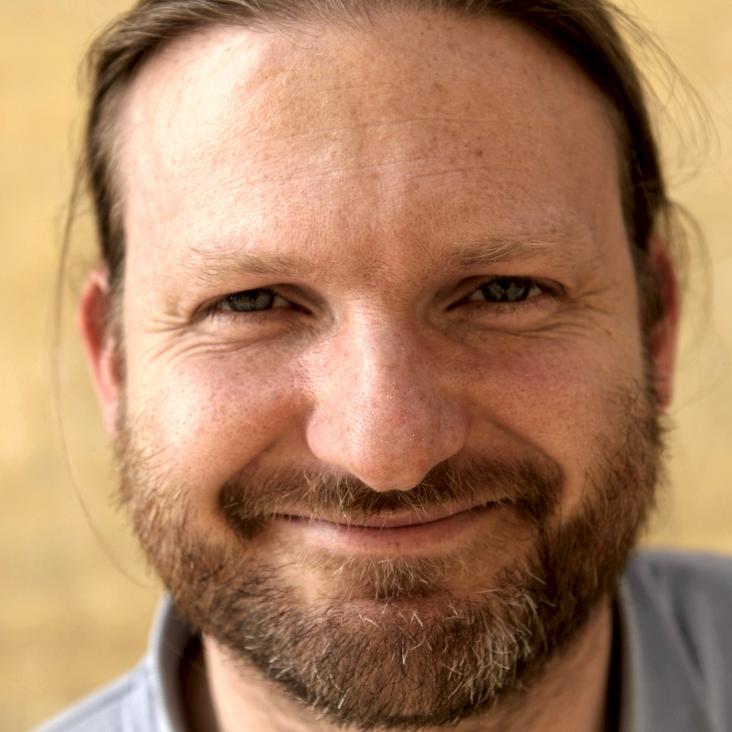Analysis of thermal emission from the nightside of Venus at 1.51 and 1.55 μm
Icarus 201:2 (2009) 814-817
Abstract:
We present radiative transfer modelling of thermal emission from the nightside of Venus in two 'spectral window' regions at 1.51 and 1.55 μm. The first discovery of these windows, reported by Erard et al. [Erard, S., Drossart, P., Piccioni, G., 2009. J. Geophys. Res. Planets 114, doi:10.1029/2008JE003116. E00B27], was achieved using a principal component analysis of data from the VIRTIS instrument on Venus Express. These windows are spectrally narrow, with a full-width at half-maximum of ∼20 nm, and less bright than the well-known 1.7 and 2.3 μm spectral windows by two orders of magnitude. In this note we present the first radiative transfer analysis of these windows. We conclude that the radiation in these windows originates at an altitude of 20-35 km. As is the case for the other infrared window regions, the brightness of the windows is affected primarily by the optical depth of the overlying clouds; in addition, the 1.51 μm radiance shows a very weak sensitivity to water vapour abundance. © 2009 Elsevier Inc.Variability of CO concentrations in the Venus troposphere from Venus Express/VIRTIS using a Band Ratio Technique
Icarus 201:2 (2009) 432-443
Abstract:
A fast method is presented for deriving the tropospheric CO concentrations in the Venus atmosphere from near-infrared spectra using the night side 2.3 μm window. This is validated using the spectral fitting techniques of Tsang et al. [Tsang, C.C.C., Irwin, P.G.J., Taylor, F.W., Wilson, C.F., Drossart, P., Piccioni, G., de Kok, R., Lee, C., Calcutt, S.B., and the Venus Express/VIRTIS Team, 2008a. Tropospheric carbon monoxide concentrations and variability on Venus with Venus Express/VIRTIS-M observations. J. Geophys. Res. 113, doi: 10.1029/2008JE003089. E00B08] to show that monitoring CO in the deep atmosphere can be done quickly using large numbers of observations, with minimal effect from cloud and temperature variations. The new method is applied to produce some 1450 zonal mean CO profiles using data from the first eighteen months of operation from the Visible and Infrared Thermal Imaging Spectrometer infrared mapping subsystem (VIRTIS-M-IR) on Venus Express. These results show many significant long- and short-term variations from the mean equator-to-pole increasing trend previously found from earlier Earth- and space-based observations, including a possible North-South dichotomy, with interesting implications for the dynamics and chemistry of the lower atmosphere of Venus. © 2009 Elsevier Inc. All rights reserved.European Venus Explorer (EVE): An in-situ mission to Venus
Experimental Astronomy 23:3 (2009) 741-760
Abstract:
The European Venus Explorer (EVE) mission was proposed to the European Space Agency in 2007, as an M-class mission under the Cosmic Vision Programme. Although it has not been chosen in the 2007 selection round for programmatic reasons, the EVE mission may serve as a useful reference point for future missions, so it is described here. It consists of one balloon platform floating at an altitude of 50-60 km, one descent probe provided by Russia, and an orbiter with a polar orbit which will relay data from the balloon and descent probe, and perform science observations. The balloon type preferred for scientific goals is one which oscillates in altitude through the cloud deck. To achieve this flight profile, the balloon envelope contains a phase change fluid, which results in a flight profile which oscillates in height. The nominal balloon lifetime is 7 days-enough for one full circumnavigation of the planet. The descent probe's fall through the atmosphere takes 60 min, followed by 30 min of operation on the surface. The key measurement objectives of EVE are: (1) in situ measurement from the balloon of noble gas abundances and stable isotope ratios, to study the record of the evolution of Venus; (2) in situ balloon-borne measurement of cloud particle and gas composition, and their spatial variation, to understand the complex cloud-level chemistry; (3) in situ measurements of environmental parameters and winds (from tracking of the balloon) for one rotation around the planet, to understand atmospheric dynamics and radiative balance in this crucial region. The portfolio of key measurements is complemented by the Russian descent probe, which enables the investigation of the deep atmosphere and surface. © Springer Science+Business Media B.V. 2008.Spatial variability of carbon monoxide in venus' mesosphere from venus express/visible and infrared thermal imaging spectrometer measurements
Journal of Geophysical Research: Planets 114:5 (2009)
Abstract:
[1] Observations of Venus' mesosphere by the Visible and Infrared Thermal Imaging Spectrometer (VIRTIS)-M instrument of Venus Express have been used to investigate the spatial distribution of CO above Venus' nightside cloud tops by fitting the CO absorption in the (1-0) CO band around 4.7 μm. We find little spatial variation in the abundance of CO at midlatitudes, with a retrieved abundance of approximately 40 ± 10 ppm just above the cloud tops between 65 and 70 km altitude. Unfortunately, we find it very difficult to constrain the abundance of CO in the cold polar collar, centered at about 70°S, as the retrieved temperature structure in the CO line-forming region masks the absorption lines. However, there is a possibility that CO increases toward the poles, as we detect a significant signature of high levels of CO over Venus' south polar dipole feature in all the observations analyzed so far. To constrain the abundance of CO more closely will require the analysis of higher-resolution VIRTIS-H observations. In addition, limb observations would greatly help to resolve any possible temperature/cloud ambiguities and allow us to assess vertical variations in the abundance of CO. Copyright 2008 by the American Geophysical Union.Tropospheric carbon monoxide concentrations and variability on Venus from Venus Express/VIRTIS-M observations
Journal of Geophysical Research: Planets 114:5 (2009)


